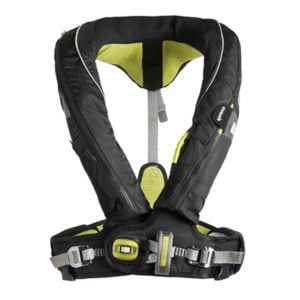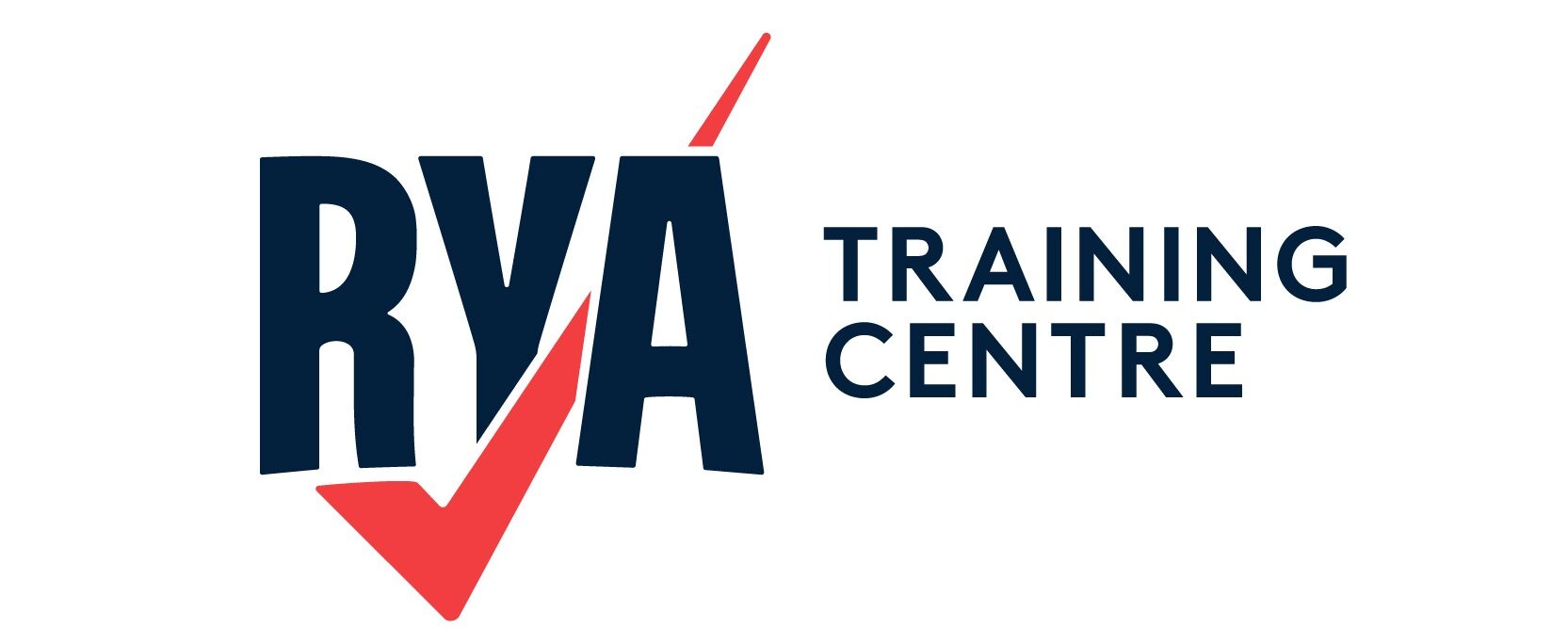What Are Safety Harnesses, Lines & Jacklines?
Safety harnesses are worn to secure you to a safety line which connects to the boat via a jackline.

The Spinlock Deckvest™ 5D is a lightweight, high-performance Life Jacket and Safety Harness Combo for all offshore activities.
They prevent you from falling overboard, or if that does happen, stopping you from becoming separated from the boat. Safety harnesses can be separate from, or integrated with, your PFD (personal flotation device).
Safety lines (also called tethers) clip directly onto your safety harness at one end, whilst the other end clips to a fixed point or a jackline (also called trolley lines). A jackline is a length of wire or rope that runs fore and aft along the boat’s centerline or along each side deck. Jacklines may also be found in the cockpit.
Sailors used to buy separate safety harnesses, safety lines and PFD’s. The trend nowadays is to buy an integrated system, as you would always want to be wearing a PFD in the conditions that a safety harness must be used. It is much more simple and streamlined to wear one unit, rather than struggling with a number of separate items to put on. When worn separately, your PFD and harness may interfere with one another too.
Safety Line Considerations
It is advised that you wear your safety line at its shortest length possible, to avoid being thrown overboard whilst clipped on. In the Offshore Special Regulations, World Sailing (formerly known as ISAF) warns that safety harnesses and safety lines aren’t designed to support a person being towed in the water. World Sailing outlines:
“The diligent use of a properly adjusted safety harness and the shortest safety line practicable is regarded as by far the most effective way of preventing man overboard incidents.”
Using a 1 metre safety line or the midpoint snap hook on a 2 metre safety line is recommended. Double safety lines are a great way to adhere to this advice too. One length is longer than the other; the longer one you can use when you are moving around the vessel clipped onto jacklines, and the shorter one may be used if you are stationary. Just be careful that the length you are not using doesn’t accidentally catch on something – best to tuck it out of the way.
World Sailing specification lines include indicator flags that are stitched into the webbing to show if the line has been overloaded. These are a great visual indicator showing a line that has compromised strength and needs replacing. World Sailing regulations state:
“A safety line purchased in January 2001 or later shall have a colored flag embedded in the stitching, to indicate an overload. A line which has been overloaded shall be replaced as a matter of urgency.”
Jackline Information
Jacklines need to be as strong as your safety harness (if not stronger). They are normally made from wire, rope, UV resistant nylon webbing, polyester webbing or low-stretch braid.


